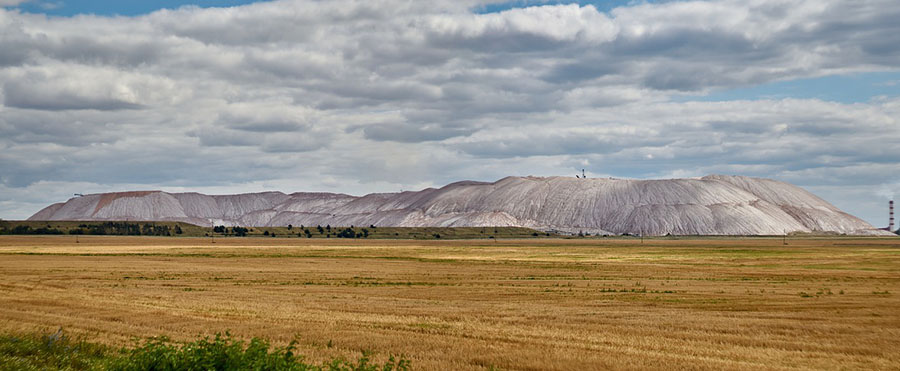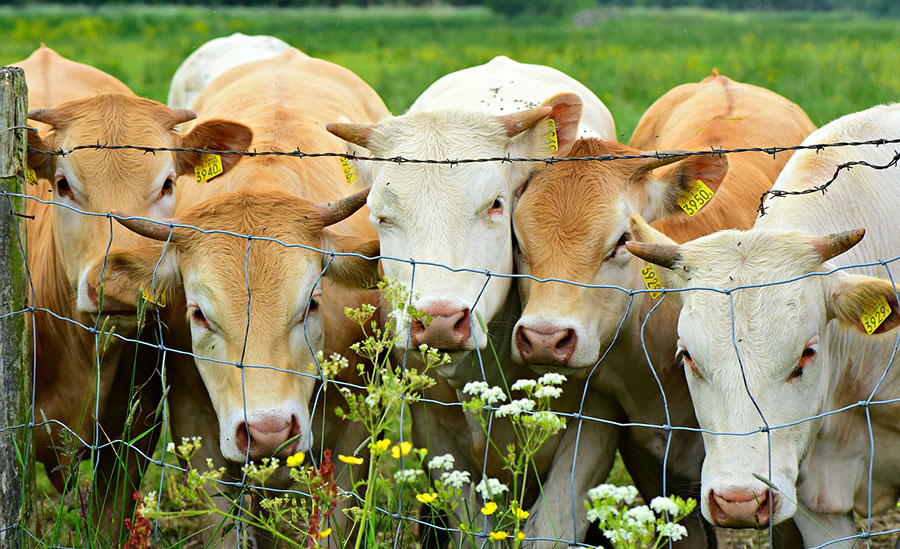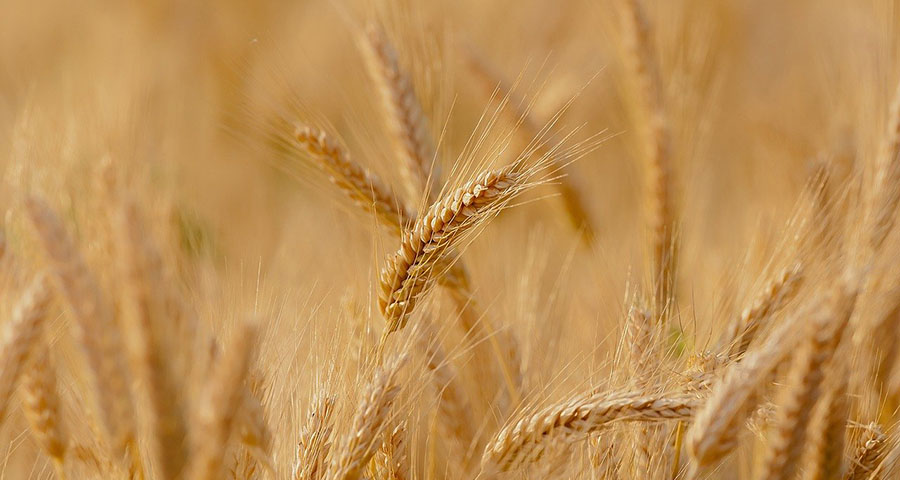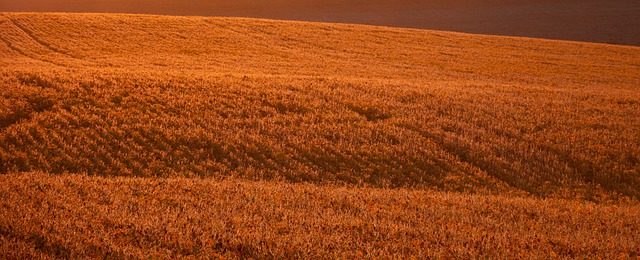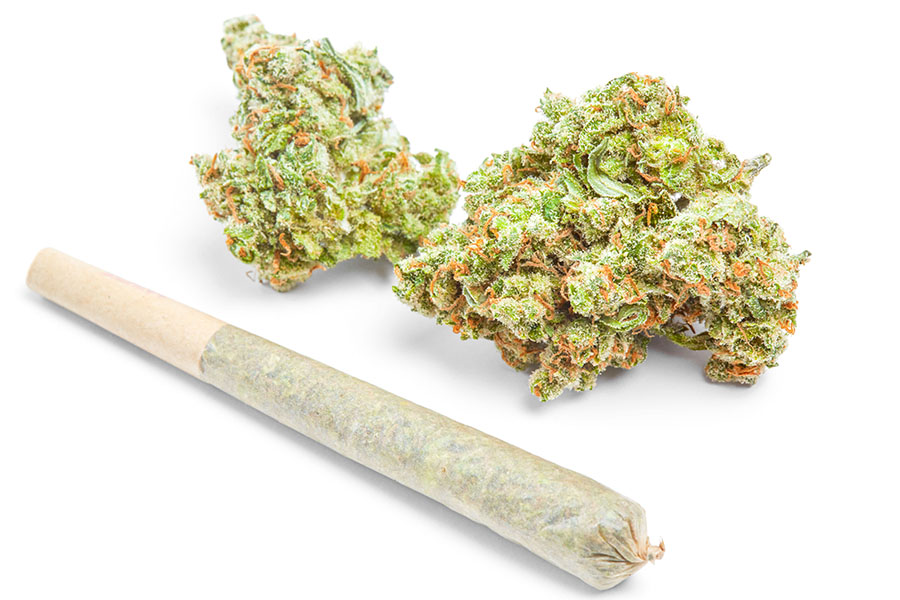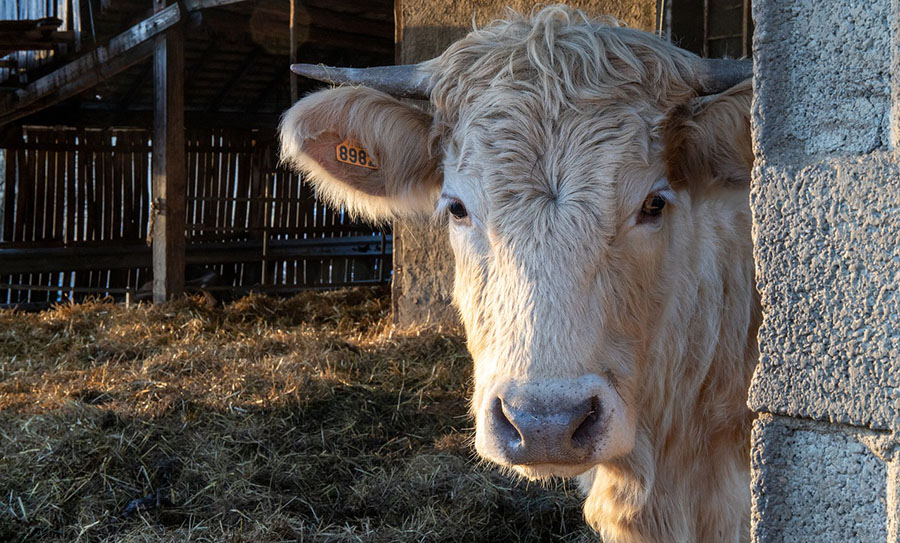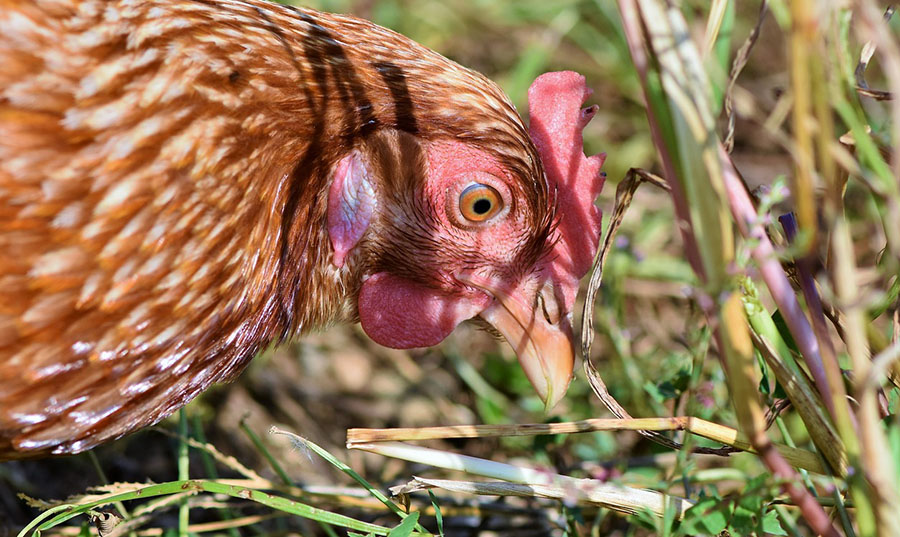BHP Billiton: In the spring of 1869 a German Chemist named Charles Rasp immigrated to Australia for his health. Unable to find work in his chosen trade Charles learned to ride a horse and began wrangling sheep. One day, while out riding his horse at Broken Hill, he discovered mineralized rock. He took out a mining lease, punched holes in the ground and eventually found rich veins of silver. The Broken Hill Proprietary Company, BHP, was incorporated in 1885 while mining silver and lead at Broken Hill in western New South Wales.
Billiton was a mining company that got its start in September 1860 when the articles of association were approved by a meeting of shareholders in the Groot Keizerhof Hotel in The Hague, Netherlands. Shortly afterwards the company acquired the mineral rights to the tin-rich islands of Banka and Billiton off the eastern coast of Sumatra.
BHP Billiton, also known by the nickname "the Big Australian," is the world's largest mining company. It was created in 2001 by the merger of Australia's Broken Hill Proprietary Company and Anglo-Dutch Billiton. Today BHP produces oil, natural gas, bauxite, aluminum, copper, silver, lead, zinc, uranium, diamonds, coal, titanium, well, you get the idea, they're miners, they pull "stuff" out of the ground and sell it.
BHP, seeking to benefit from surging demand for fertilizer made a $40 billion hostile bid for Potash Corp. of Saskatchewan Inc. Yielding to political pressure, Canada's Federal government nixed the deal.
BHP paid $341 million, C$8.35/share, to acquire Saskatoon's Athabasca Potash (API:TSX). This acquisition will give BHP Athabasca's Burr project, which is located next to BHP's own Jansen project.
BHP Billiton announced on June 24, 2011, a further investment of US$488M to support development at its Jansen Potash project. This piece of additional capital will fund site preparation and the procurement of long lead-time items during the project's feasibility study. This funding will also enable BHP to develop the first 350 meters of the production and service shafts.
The announcement takes BHP Billiton's investment in Jansen to, so far, $1.2B.
BHP likes big stories; the unfolding potash story is one of the biggest and in this author's opinion it can only get bigger.
Vale S.A. -Formerly known as Companhia Vale do Rio Doce (CVRD) was founded by the Brazilian Federal Government in June 1942. The company was privatized in 1997 when the Brazil Consortium bought just over 40% of the Federal government's stock.
Even though Vale has operations in the energy and logistics sectors both sectors combined contribute less than ten percent to Vales total revenues. Vale is a miner and controls the Brazilian iron ore industry owning all Brazilian iron ore exporters.
In recent years, in an attempt to diversify its operations, Vale has made a string of purchases getting into copper, kaolin, nickel and coal. In October 2006 Vale bought Canada's second largest mining company, Inco, for $18.9B. Vale also produces manganese, ferroalloys, bauxite, potash (Sergipe mine in Brazil), alumina and aluminum.
Vale S.A. has also moved into the fertilizer business in a big way:
In January 2009 Vale bought Rio Tinto's potash assets in Argentina and Saskatchewan Canada for US$850M.
In January 2010 Vale announced it would acquire all the shares of Bunge Participacoes e Investimentos S.A. (BPI). Vale will pay US$1.65B for BPI for its wholly owned phosphate mining operations in Brazil and another US$ 2.15B for its 42.3% stake in Fertilizantes Fosfatados S.A. (Fosfertil), a leading Brazilian fertilizer company.
Engineering work has started at Vale's Rio Colorado solution mining potash project in Mendoza, Argentina. Estimated start-up is for the second half of 2014 with a nominal capacity of 4.3 Mt/yr of potash.
Vale said it is planning to consolidate its position in the potash industry by taking its fertilizer unit private. The change would give the Brazilian-based miner more control over the business that now represents about 2% of global potash production. Vale is planning to build a $3B potash project in Saskatchewan, and has other potash projects in its pipeline.
Rio Tinto A site along the Rio Tinto river in the Andalusian Province of Huelva, Spain has been mined for copper, silver, gold, and other minerals since 3000 BC.
After being lost for centuries the mines were rediscovered in 1556, the Spanish government began operating them in 1724 but sold them in 1873 to Matheson and Co. Hugh Matheson formed a syndicate consisting of Deutsche Bank (56% ownership), Matheson (24%), and railway firm Clark, Punchard and Company (20%). The syndicate registered the Rio Tinto Company on 29 March 1873. The Rothschild family had control by the end of the 1880s.
After selling its South American and Saskatchewan, Canada potash assets in 2009 to cut debt, Rio has now re-entered the potash business. The company is teaming up with North Atlantic Potash Inc., the Canadian subsidiary of Russia's JSC Acron, a fertilizer producer, to hunt for potash in Saskatchewan.
A joint venture between Aluminum Corp. of China (Chinalco) and Rio Tinto has received approval for exploration in China. The JV will initially focus on exploring for copper in China but has plans to expand into coal and potash.
"This is a solid business and the big mining companies agree. If they can find a way to participate in it, they will." Mark Connelly, New York brokerage Sterne Agee.
As I've just shown you, three of the world's biggest miners are moving into fertilizer in a big way.
Consider this plus $3.6B investment into potash. . .
K+S AG - Bought Canada's Potash One, the previous owners of Legacy, in a 2010 deal worth $434M. Potash prices at the time were 40% lower than today.
After saying on March 8, 2011, that it expects global demand for potash to rise 3-5% per annum, Europe's largest, and the world's fourth largest potash producer, Germany's K+S AG said on November 29, 2011, that it will move forward with construction of its $3.2B Legacy project in Saskatchewan.
The reality is the potash story is just starting. Unlike other resource plays there is no cycle, demand is always going to be there and it is rising year over year making potash an excellent play in what will be a long-term agricultural commodities bull market.
"Just when we need more soil to feed the 10 billion people of the future, we'll actually have less-only a quarter of an acre of cropland per person in 2050, versus the half-acre we use today on the most efficient farms." David Montgomery, author of the 2007 book Dirt: The Erosion of Civilizations.
Fertilizers are going to become increasingly important for many reasons:
- There's 220,000 people being born every day, that's 220,000 more mouths to feed every day
- An increasing disposable income in a growing middle class, more money in more pockets means more and more people climbing the protein ladder
- Loss of arable land, topsoil degradation
- Desertification and climate change
- The Green Revolution's impact on crop production is declining, in some cases reversing
- Some older mines are going to become more inefficient or be lost
- Underutilization of potash in many countries
- Demand from the countries whose economies are starting to develop and have the ability to get into farming
- Security of supply
Conclusion
China produces just 10% of the potash it utilizes, India's economy is 60% agricultural based and the country produces very little potash. Brazil is one of the world's breadbaskets and imports most of its potash. Both the Chinese and Indians have groups given government mandates to secure potash assets. Brazil's government is also very active in regards to its agricultural sector.
There's a global macro theme, "Feeding the World," and certainly longevity to the potash story.
Richard (Rick) Mills is host of Aheadoftheherd.com and invests in the junior resource sector. His articles have been published on over 300 websites.



